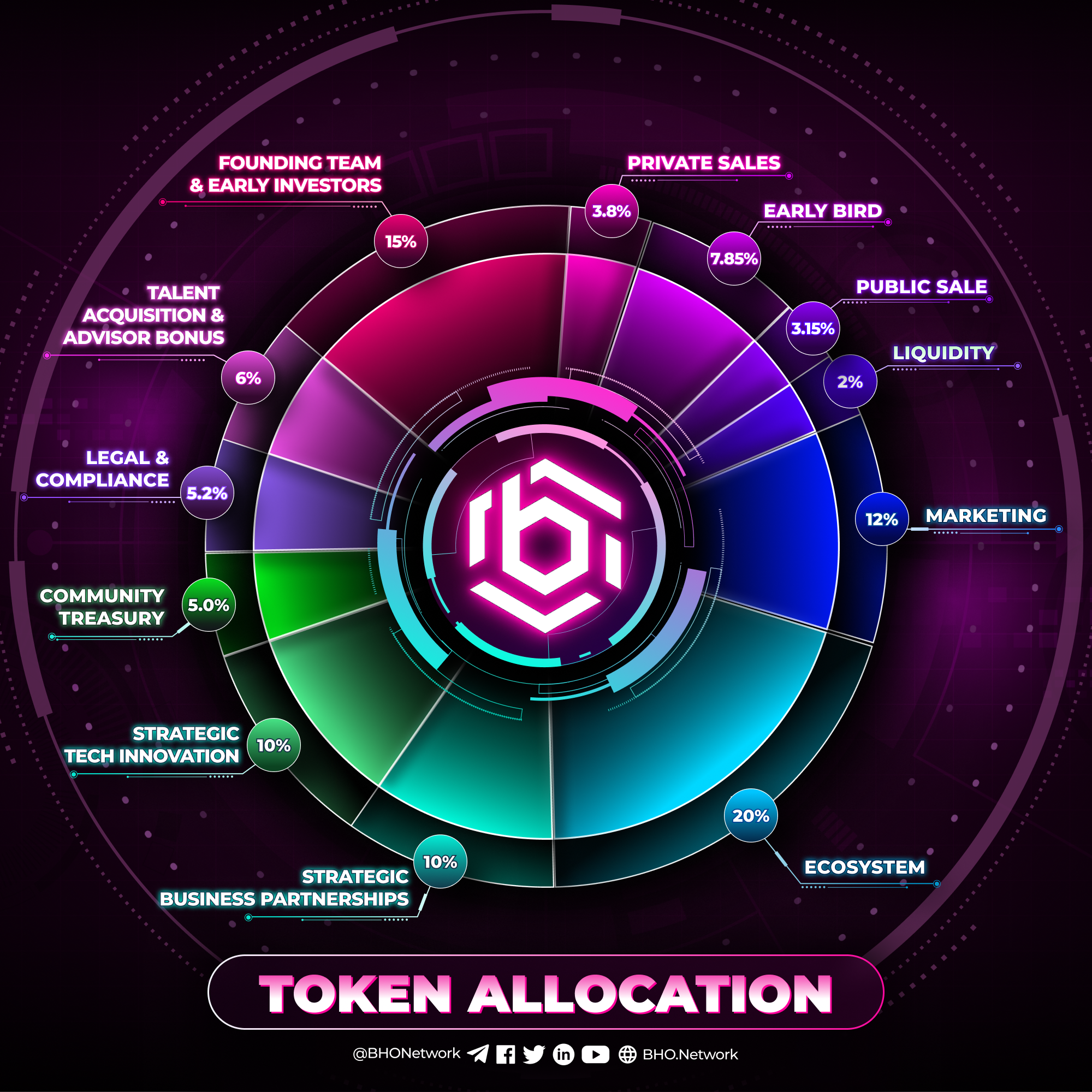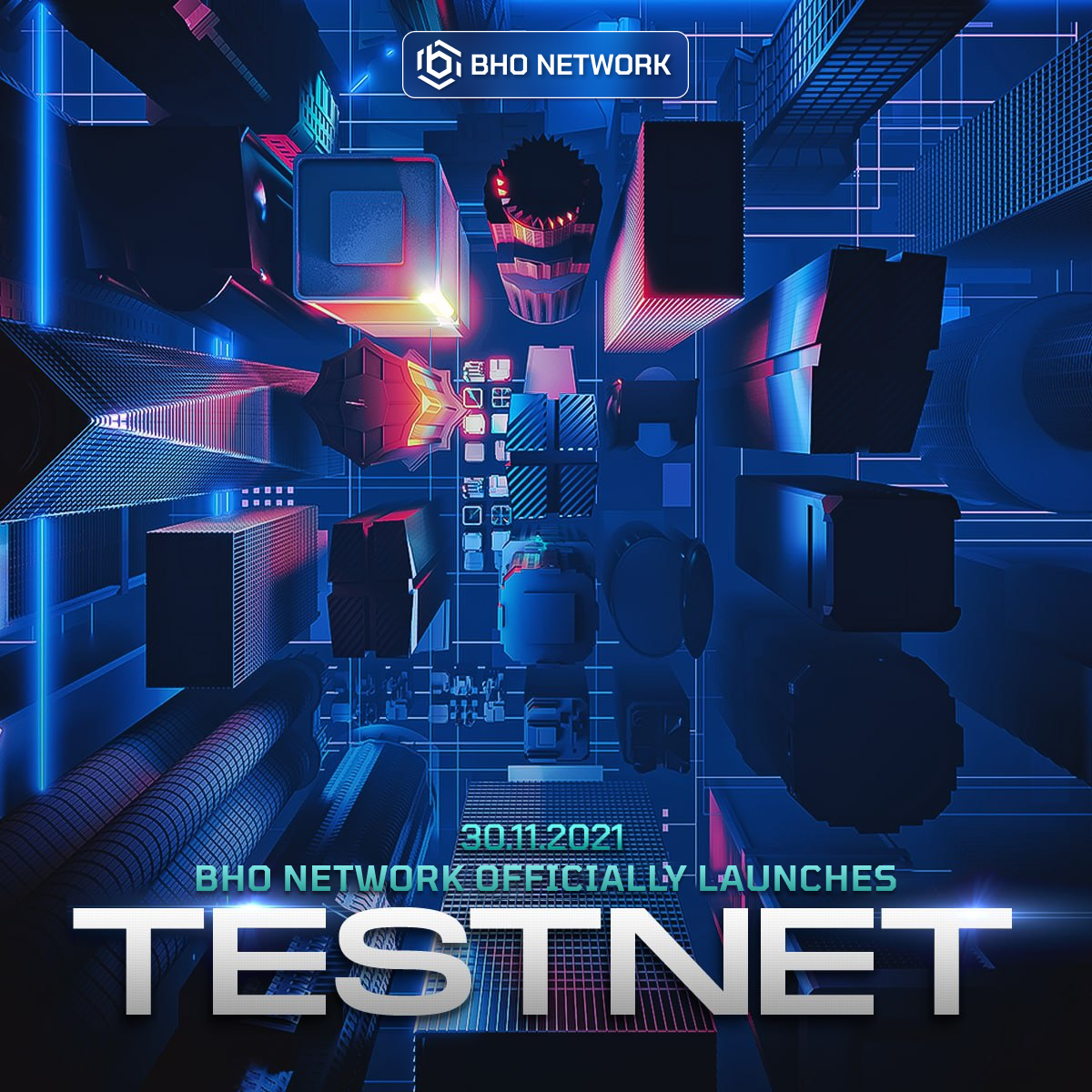PROS AND CONS OF MAXIMAL EXTRACTABLE VALUE (MEV)
Maximal Extractable Value (MEV) is a term that has gained prominence in the blockchain and crypto ecosystem. It refers to the profit miners or validators can make by reordering, including, or excluding transactions within a block they are producing. MEV can be both beneficial and detrimental to the blockchain market. This article will explore the advantages and disadvantages of MEV, shedding light on its impact on the crypto market.
Pros of MEV
1. Enhanced Market Efficiency: MEV can enhance market efficiency by capturing arbitrage opportunities. Miners, bots, or validators can optimize transaction sequences to correct price imbalances, particularly in decentralized exchanges (DEXs). This process can result in better alignment of asset prices across platforms.
2. Incentives for Validators/Miners: MEV provides additional financial incentives for validators or miners in proof-of-work (PoW) and proof-of-stake (PoS) networks. This supplemental income can enhance the profitability of their operations and attract more participants, leading to a more decentralized and secure network.
3. Arbitrage Opportunities for Traders: Traders can leverage MEV to execute arbitrage strategies that capitalize on price discrepancies between different trading platforms. In highly volatile markets, these strategies can result in quick profits, promoting liquidity and tighter spreads in markets where they operate.
4. Improved Network Participation: Since MEV provides extra economic incentives, validators and miners have more motivation to actively participate in network security. As the value extracted from MEV grows, the competition among participants increases, contributing to a robust and resilient blockchain network.
Cons of MEV
1. Centralization Risk: One of the main downsides of MEV is the centralization risk it poses. Miners or validators with superior infrastructure can capture more MEV opportunities, potentially concentrating power in the hands of a few. This centralization can undermine the decentralized nature of blockchain networks, leading to unfair advantages and creating systemic vulnerabilities.
2. Increased Transaction Fees (Gas Wars): MEV often triggers "gas wars" where bots and traders bid up transaction fees to prioritize their orders in blocks. As they compete to capture lucrative MEV opportunities, regular users face inflated transaction fees. This surge in fees can make the network less accessible, particularly on chains like Ethereum, where gas prices already fluctuate significantly.
3. Front-running and Back-running: Front-running, a strategy where miners include their transactions ahead of others to capture arbitrage opportunities, and back-running, where they place orders immediately after significant transactions, can negatively impact regular users. These tactics reduce the transparency and fairness of the market, as regular traders may unknowingly pay inflated prices or experience worse execution on their orders.
4. Network Congestion: MEV activities, especially during periods of intense arbitrage or DeFi liquidations, can congest the network. This congestion can slow down transaction processing, increase confirmation times, and diminish the overall user experience, as users face delays and uncertainty when interacting with blockchain applications.
5. Potential for Exploitative Behavior: MEV opens the door for exploitative practices by bad actors. Malicious validators or miners can use their power to manipulate the order of transactions for personal gain, leading to market manipulation, unethical behavior, and reduced trust in the integrity of the network.
The Balance Between MEV Benefits and Drawbacks
While MEV brings advantages like market efficiency, arbitrage opportunities, and validator incentives, its downsides, such as centralization risk, unfair front-running, and inflated transaction fees, cannot be ignored. To mitigate MEV's negative impact, solutions like Flashbots—a system designed to minimize front-running by creating private transaction pools—have emerged, aiming to address some of these concerns without fully eliminating the benefits of MEV.
MEV represents a double-edged sword for the blockchain and crypto market. On the one hand, it provides opportunities for profit and market efficiency, and on the other, it poses risks of centralization, unfair trading practices, and network congestion. As the crypto space evolves, balancing these pros and cons will be critical in ensuring that blockchain ecosystems remain fair, secure, and accessible for all participants. Innovative solutions that limit MEV's harmful effects while preserving its benefits are key to fostering a healthy and sustainable crypto market.
Published on September 15, 2024







